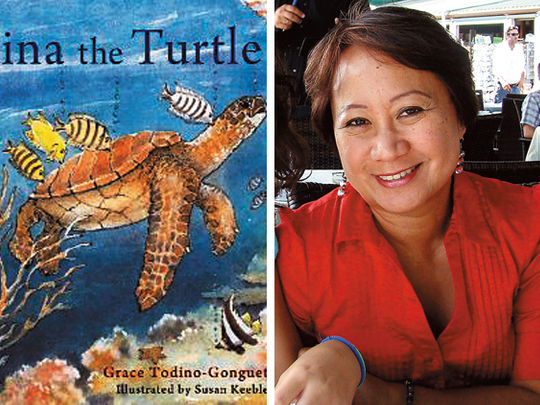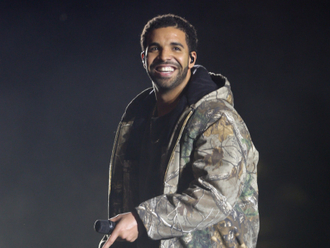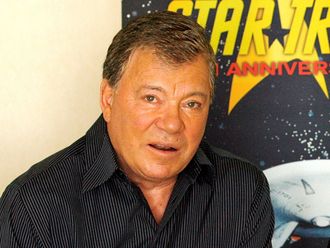
A new children’s book on turtle conservation by a resident of Oman is all set to raise awareness of this endangered species and to capture the hearts of its young readers.
Written in a delightfully engaging style by technical, corporate and travel writer, Grace Todino-Gonguet, Tina the Turtle was released at Dubai’s Majlis Art Gallery recently.
The book has been illustrated by internationally renowned artist Susan Keeble and is published by Gilgamesh Publishing, UK.
Set in Oman’s Sohar Port, this meticulously researched tale is both informative and entertaining.
The story focuses on Tina, a mature green turtle suffering from ‘floating syndrome’ as she has ingested some plastic – something that can kill her.
“Most turtles gobble up plastic mistaking it for jelly fish, their favourite treat,” says Grace.
The floating syndrome prevents Tina from diving down for food such as algae and sea grass, which pushes her to the brink, depriving her of the nutrients she needs as she gets progressively weaker. Enter the rescue team – who name the turtle Tina, an acronym for Turtle in Need of Assistance. In an exclusive interview with Friday, Grace describes her inspiration for the story.
How did you think of doing a story on turtles?
I’ve always been keenly interested in environmental issues. While I was in search of an idea for my next book, I read about a real turtle rescue mission in one of the local newspapers in Muscat, Oman. At that time, the country was heavily promoting its ‘No-to-plastics’ campaign as well.
I saw the book as the perfect opportunity to focus on conservation issues. Besides, turtles are adorable and children love turtles!
What was your inspiration?
Four species of sea turtles nest on Omani shores. Many years ago I visited the turtle nesting area at Ras Al Hadd turtle resort in Oman with my family. This nesting area is also the setting of the book.
Turtle watching was quite unregulated back then and we had camped a few hundred metres away from the nesting site. Just before dawn, we went to the beach and watched one of these ancient creatures lay its eggs and then lumber back to the sea. It was such a beautiful sight and an incredibly moving experience.
However, in the past few years, things changed drastically as many turtles were abused and their population dwindled. I wanted to highlight their plight.
You wrote the story in a third-person format — what made you choose to be a narrator and why did you think this style would work?
It’s written in the third person, but it has two parts. The first part is educative and shows how turtles reach maturity despite tremendous odds. They are survivors!
The second part is the story of a young boy who finds the stricken turtle and the efforts made by the rescue team to heal it and release it into the sea. In doing so, I hope young readers empathise both with the turtle, and the young boy.
What first made you decide to write a children’s book?
I have three children (Gabriele, Raphael and Lucie) and I used to read to them every night when they were growing up. So I love children’s books and have always wanted to write for children one day. Most of my reading to this day is children’s literature.
Was it a challenge?
I have been a technical writer, a travel writer, done marketing and corporate literature, and now I write articles and books for children. It’s more challenging than any type of writing I’ve ever done. You have to catch the children’s interest from the first page, first sentence even, and do so in a way that respects their intelligence.
How did you conduct research for the book?
The leader of the turtle rescue team in Oman, Dr Andy Wilson, very kindly and enthusiastically shared all of his videos and photos as well as his extensive knowledge of the marine environment.
For example, I didn’t know that turtles rub their backs against rocks to clean them. I had never come across this particular fact in my literature research.
Do you think a book like this can really inspire children to tackle environmental and conservation issues?
I sincerely hope so. True-to-life stories such as this one make conservation issues more accessible to children.
Tell us about your collaboration with the illustrator of this book, Susan Keeble. Did you write the story completely before Susan began drawing or was it a step-by-step collaboration where the writer and illustrator drew inspiration from each other?
In established publishing houses, the illustrator is chosen by the editor after the manuscript has been accepted; writers don’t have much of a choice. It’s quite unusual for a writer to meet the illustrator.
I met Susan for the first time when she came to Muscat to do research on the first book we did together, an illustrated children’s book of Omani folk tales called Halimah and the Snake and Other Omani Folk Tales. And since then our personal and professional relationship has really grown.
Any other future projects in the pipeline?
I am currently writing a fantasy novel about an accidental hero who fights monsters that have been released by deforestation. It will be fun and fast.







